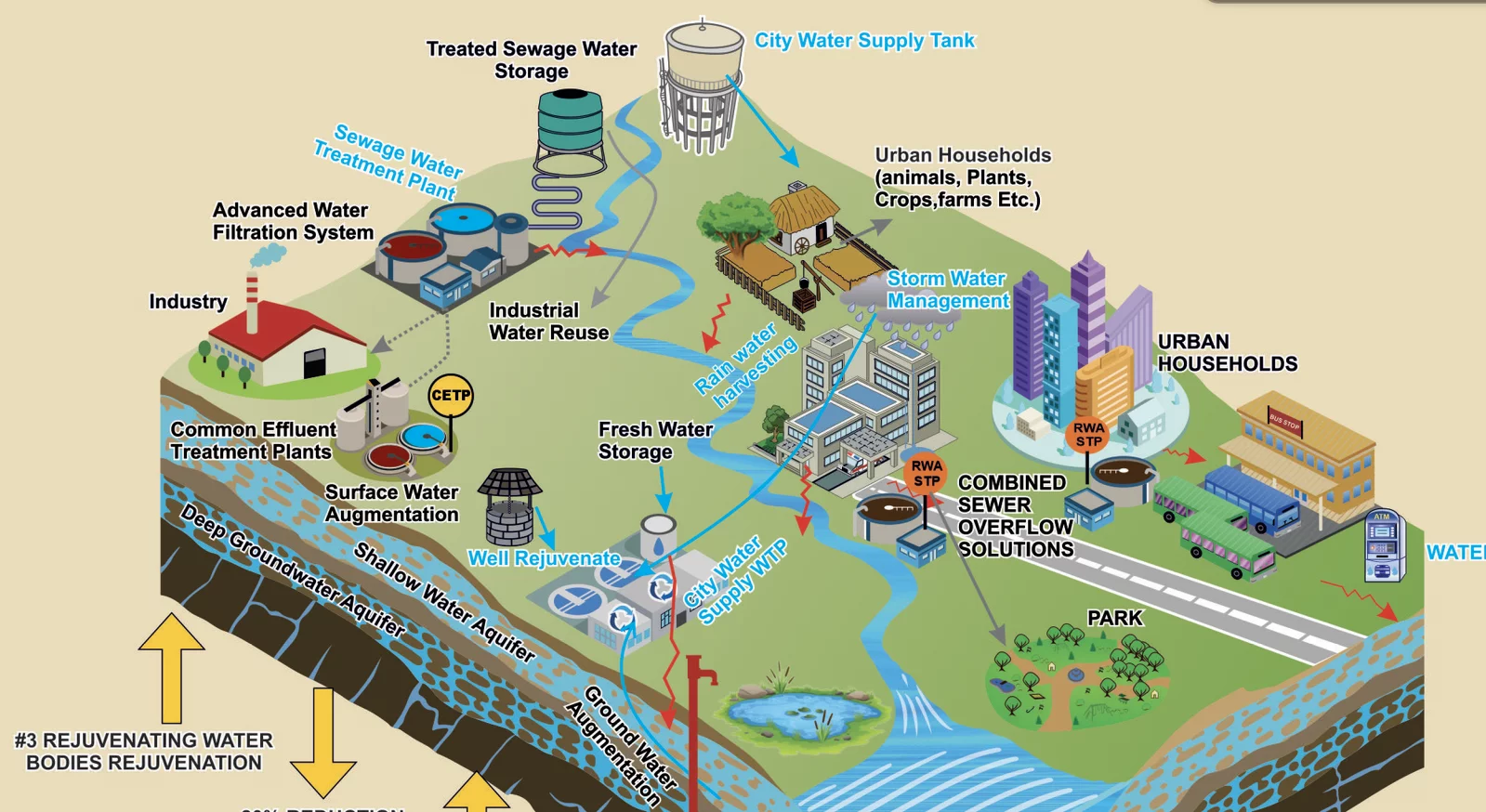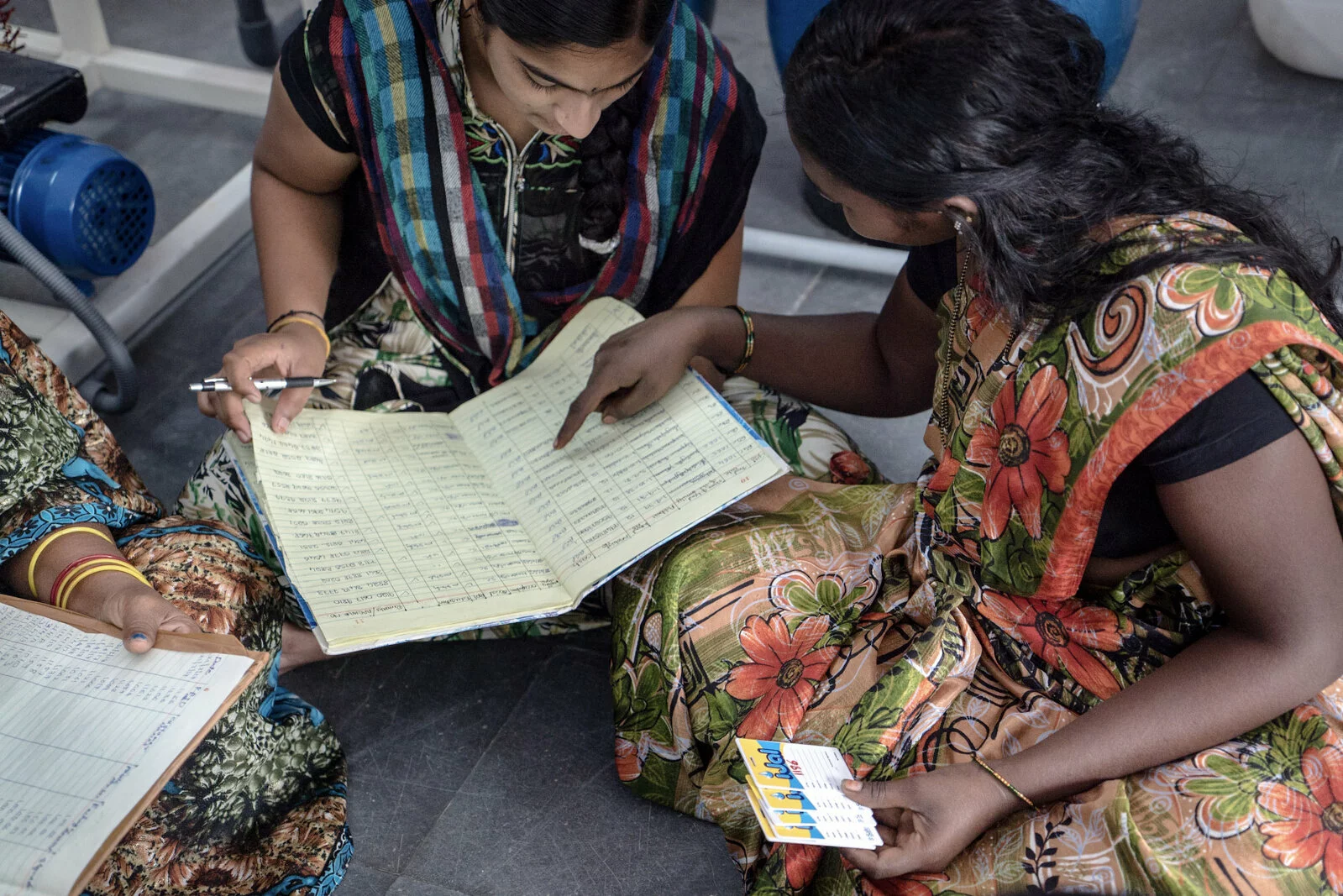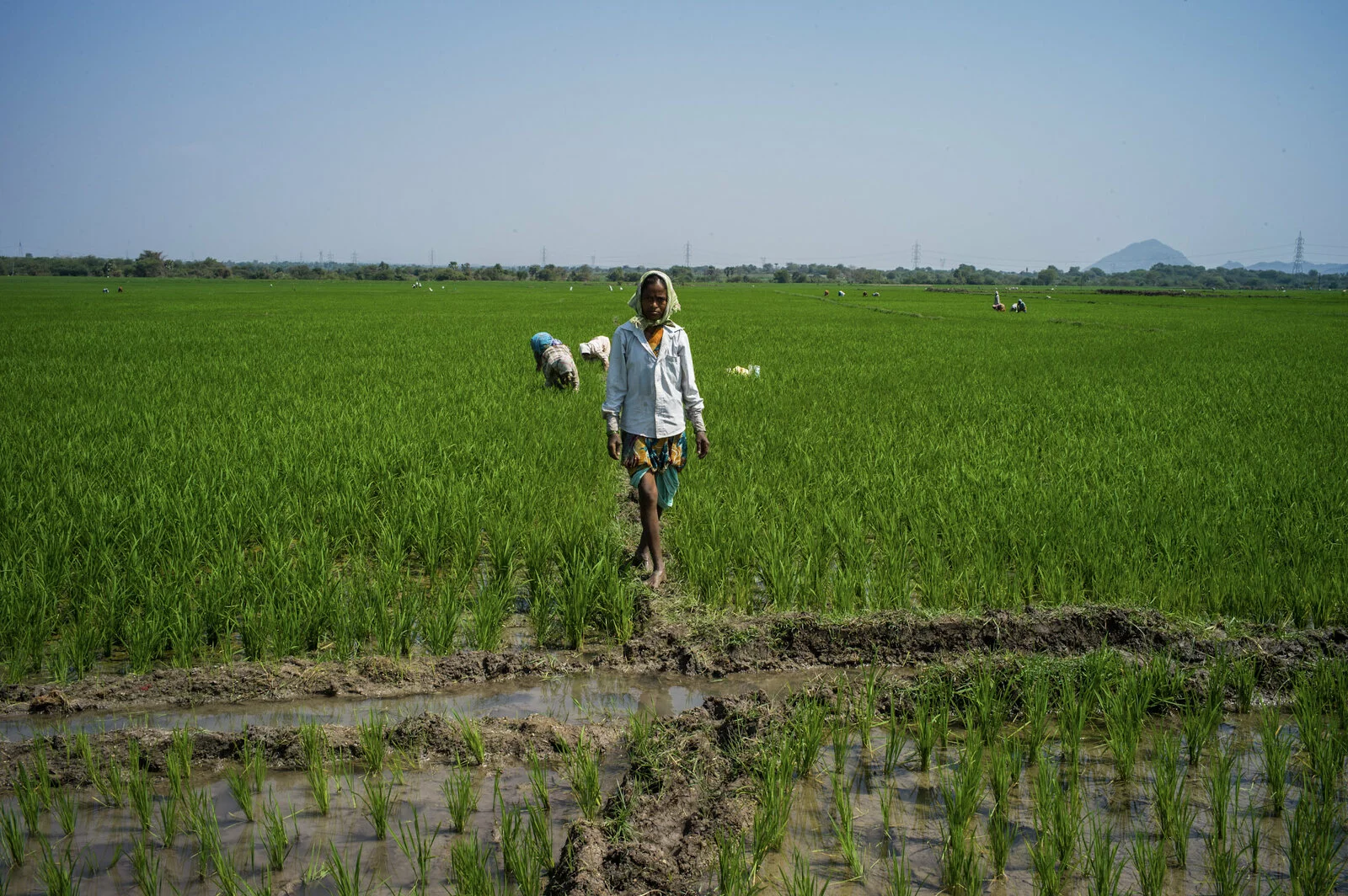City Water Compendium: Making Cities Water Positive
By: USAID, Safe Water Network
Globally, Threats to Urban Water Security are a cause for Concern
Today, 55% of the global population lives in cities. About 1.42 billion people, including 450 million children, live in areas with high or extremely high water vulnerability1. According to UNESCO, an estimated 150-200 million people will be permanently displaced due to climatic factors by 20502. Population growth, urbanization, and climate change are widening the demand-supply gap for water, making water availability and access a challenge for farms, factories, and people. Additionally, many cities suffer from an uneven demand-supply ratio, with underserved urban and peri-urban pockets of water scarcity. The lack of integrated water supply and management systems puts pressure on the already depleting water sources, potentially compromising the UN Sustainable Development Goals. SDG 6.4 aims to address water scarcity by increasing water-use efficiency and ensuring sustainable water withdrawals. The Water and Climate Coalition, launched in March 2021, provides strategic guidance on integrating the water and climate agenda for making water safe and secure cities.
How India is addressing the water crisis
The annual per capita availability of water in India has declined to 1,486 cubic meters in 2021. By 2050, at least 30 Indian cities will face a grave water risk, according to the World Wide Fund 2020 report. This risk is aggravated by poor management of water sources, contaminated supplies, leaky distribution networks, and vast volumes of untreated wastewater that are poured into the river bodies. It is projected that the population of cities will rise from the current 17% in 2020 to 51% in 2050. To mitigate these challenges, the Government of India has introduc



